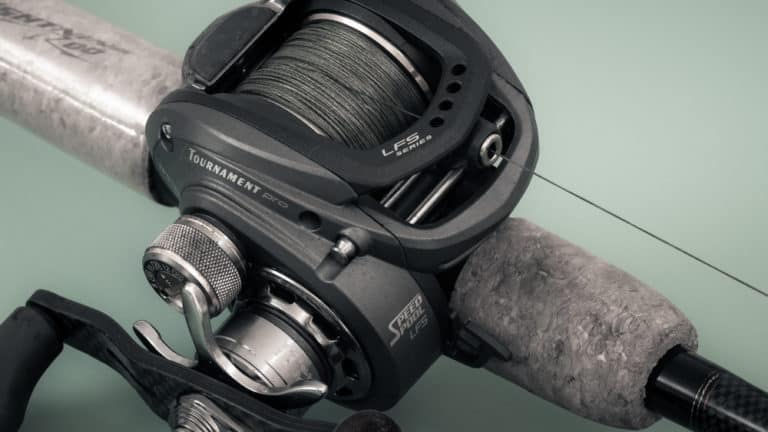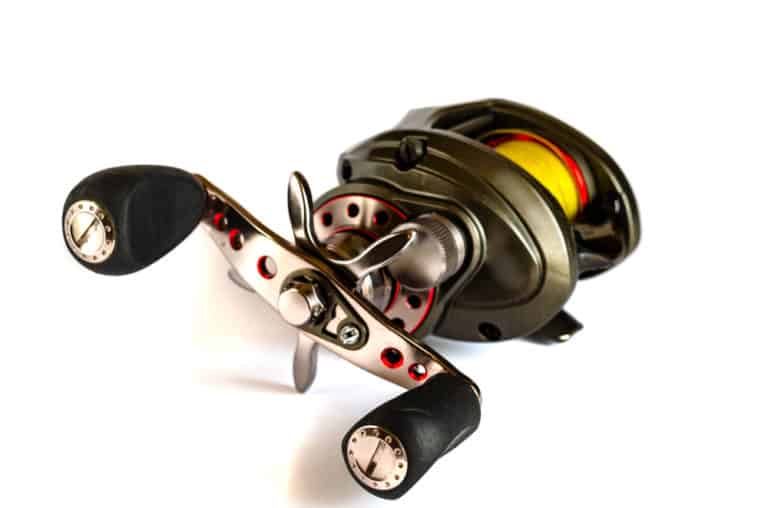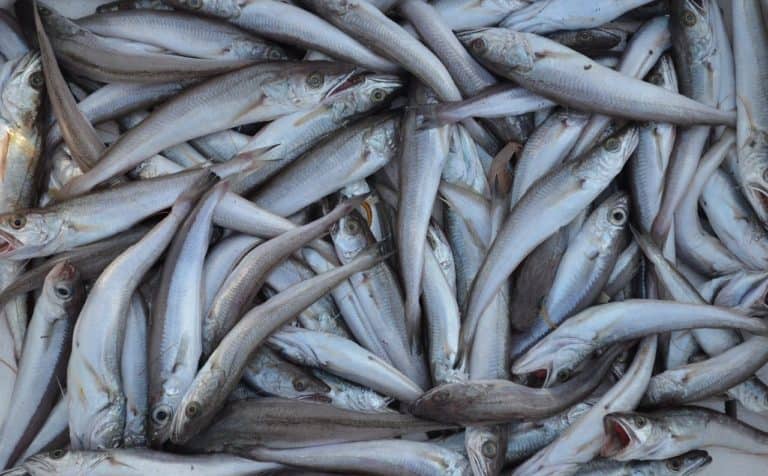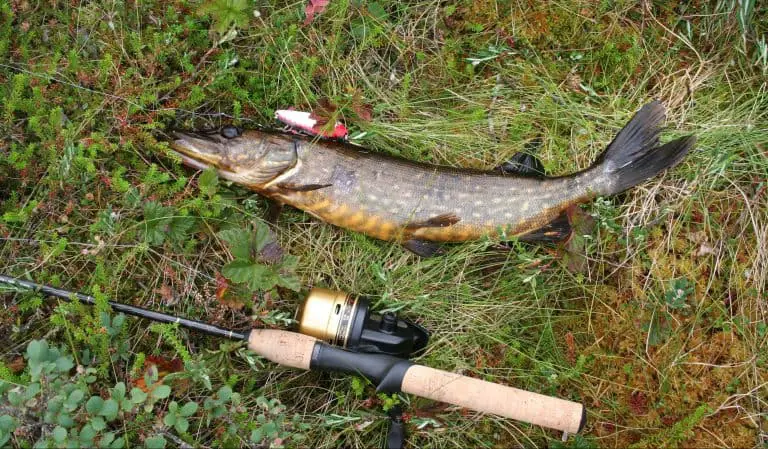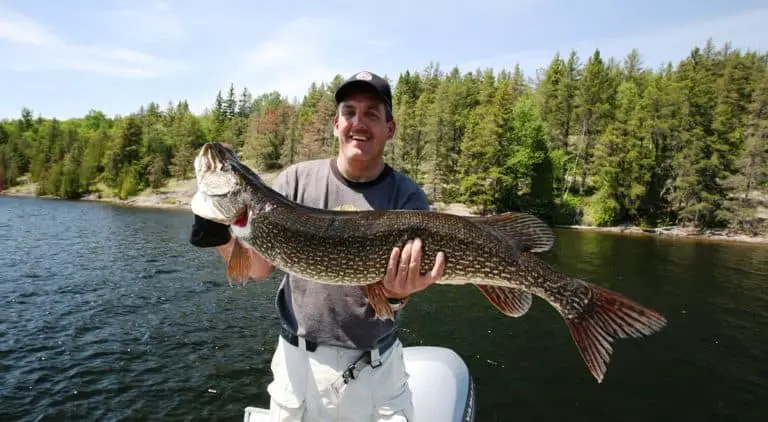Striped Bass Fishing – Time, Weather and Tide Level Guide
Striped bass fishing is a popular, fun, and commercially viable activity. Striped bass is either fished recreationally and released, or to eat.
Although the striped bass originally habited natural salty water bodies, they have today been introduced to inland habitats such as lakes and reservoirs.
There are a number of angling methods, fishing strategies, and considerations that need to be taken into account any time you want to have a smooth striped bass fishing experience.
In this post, we will focus on discussing the best time, weather, and tide level to fish for striped bass.
Table of Contents
What is a striped bass?
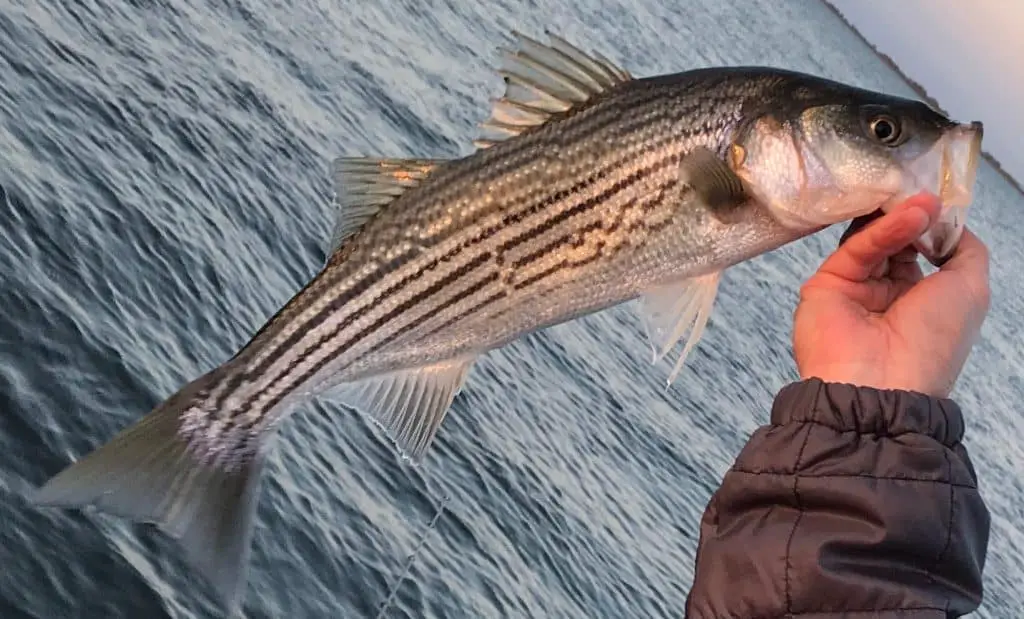
Other names: Atlantic striped bass, Rockfish, Striper, Linesider.
The striped bass is a large silvery fish native to the East Coast. An average adult striped bass is around 16 to 30 inches.
The striped bass is a healthy, delicious, and highly versatile fish, a reason why it is one of the most commonly sought-after fish in North America.
The female striped bass is known as multiple spawners since, unlike many other fish females, they can spawn more than one time without dying.
Spawning kicks off in the spring and requires running water to keep the eggs in movement until they hatch. The striped bass love nestling around nooks and reef clefts, a reason why they are also known as the ‘rockfish.’
The young ones grow in rivers and estuaries until their first summer when they migrate to saltier water.
Throughout their development stages, striped bass eats a variety of organisms found in water. They can feed on insects, planktons, and other small fish.
Where are striped bass found?
The striped bass is indigenous to the Atlantic coast of the U.S. Some varieties have been introduced to the Pacific Ocean and in inland waters, including lakes and reservoirs
Striped bass has yearly migrations that start from the freshwater rivers and tributaries into the saltier water during summer. They get back to freshwaters during spring when they spawn.
As you may already have guessed from the information above, there are wild and farmed varieties of the Stripes bass.
To help you clearly understand where striped bass is found, let’s look into the three main varieties of this fish, covering the wild and the farmed types.
• Wild striped bass – This is the indigenous classic fish found on the East Coast of the United States.
• A cross between the striped bass and the white bass – This a farmed and the most common variety of this fish. Mainly found in inland freshwaters.
• The West Coast variety – As the name suggests, it is found on the West Coast and only differs from wild striped bass due to its smaller size and availability all year round.
What is the best time to fish for striped bass?
Considering that the striped bass is a highly sought-after fish, knowing the right time to catch it is very crucial.
From a time of the day standpoint, the best time to fish for striped bass is very early in the morning, up to around 2 hours after sunrise.
Late afternoons and evenings are also perfect for striped bass fishing. So why this specificity in time?
First, striped bass are visual predators that rely on daytime light to spot their food. Next, although the striped bass feeds all day, they are most active in early mornings and late afternoons/evenings when the temperatures are low.
With regard to the fish varieties, follow these tips:
Saltwater varieties – Early morning and late afternoons
Freshwater variety – All day round but preferably during the morning and even hours. Fishing at night is also highly yielding during summer.
What is the best weather to fish for striped bass?
Weather-wise, there is only one way you will have a yielding striped bass fishing experience; just before a rain or cold event occurs.
This is because just before major cold weather condition hits, they are in constant search of food and hence it is easier to get a bite from striped bass.
After the cold weather break occurs, you can still manage to catch striped bass, but only if you use dead bait and slowly moving lures, this is because the bass will have less energy and move slowly.
What is the best tide level to fish for striped bass?
Reading shore conditions is also essential when it comes to striped bass fishing. First, you must understand that the stripers feed when the water is moving. With this in mind, it is highly recommended to fish for the stripers 2-3 hours before a high tide and 2-3 hours after a low tide.
When the tide is coming in and the current is at its peak, the baitfish are more active, and thus predatory fish such as the striped bass is there to capitalize.
During low tides and weaker water currents, the striped bass moves back to deeper waters.
Final Thoughts
We hope this guide has shed some light on how you can improve your chances of landing more fish when you head out and go striped bass fishing.
In general, you need to fish for striped bass in early mornings or evenings, just before the rain and cold snaps hit and when the tide is at its peak. Although these methods will improve your chances, it doesn’t mean that you can’t catch striped bass otherwise.
Latest Fishing Posts:


